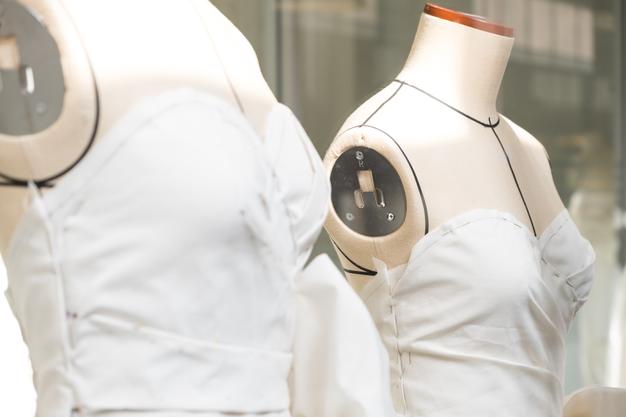In recent years, fashion has undergone a massive transformation, and one of the most exciting developments is the rise of smart clothing. These garments, which incorporate technology directly into their fabrics, are changing how we view fashion, blending functionality with style. From wearable technology that monitors health to fabrics that react to environmental changes, smart clothing is quickly becoming a staple in the fashion industry, paving the way for a new era of innovation.
At the heart of smart fashion is the integration of technology into everyday clothing. Traditional fabrics are now being replaced or enhanced with materials that have sensors, microchips, and other embedded technology. These innovations make it possible for clothing to do things that were once unimaginable, such as adjusting its temperature according to the wearer’s body heat, charging devices, or even tracking physical activity and health metrics. Smart garments can now communicate with smartphones or other devices, allowing wearers to track their fitness goals or receive notifications without having to carry a phone.
One of the key drivers of smart clothing’s rise is the increasing demand for wearable technology. As people become more health-conscious and tech-savvy, they seek products that not only serve aesthetic purposes but also offer practical benefits. Smart clothing meets this demand by providing functionality that supports a healthy lifestyle. For example, smart shirts or leggings equipped with sensors can monitor heart rate, muscle activity, or body posture, providing users with valuable feedback to improve their performance or prevent injury.
Another major benefit of smart clothing is its potential to promote sustainability. As the fashion industry faces growing pressure to address its environmental impact, many designers and brands are turning to technology to create more sustainable and long-lasting products. Smart fabrics can be made from recycled materials, and some designs feature energy-efficient properties. For instance, clothing that uses solar energy to charge devices or fabrics that adjust to temperature changes can help reduce the need for energy-consuming alternatives like air conditioning or heating.
Beyond functionality, smart fashion also introduces the potential for highly personalized and interactive designs. With embedded technology, clothing can change its appearance based on external factors or the wearer’s preferences. Smart textiles can alter their color, pattern, or texture in response to environmental changes such as temperature, light, or humidity. This opens up a whole new realm of possibilities for fashion designers, who can now create garments that are not just static pieces of clothing but dynamic, ever-evolving works of art.
Despite the exciting potential of smart fashion, there are still challenges that need to be addressed before it becomes mainstream. One of the primary obstacles is the complexity and cost of producing smart garments. Creating clothing with embedded technology requires advanced materials and manufacturing techniques, which can make these garments more expensive than traditional clothing. Additionally, the durability of smart clothing remains a concern. Many smart garments require specialized care to maintain their functionality, and there are concerns about the longevity of embedded technology over time.
However, as technology advances and production processes become more streamlined, these challenges are likely to diminish. Smart clothing has already made significant strides in the market, and with increasing consumer interest and investment, it is only a matter of time before it becomes an integral part of daily life. The potential for smart fashion is vast, offering exciting possibilities for the future of clothing, technology, and sustainability.
As we look ahead, the future of fashion is undeniably intertwined with innovation. Smart clothing is not just about adding technology to clothing; it’s about creating garments that enhance our lives, improve our health, and contribute to a more sustainable and efficient world. The journey has just begun, and the possibilities are endless. The future of fashion is smart, and it’s here to stay.

